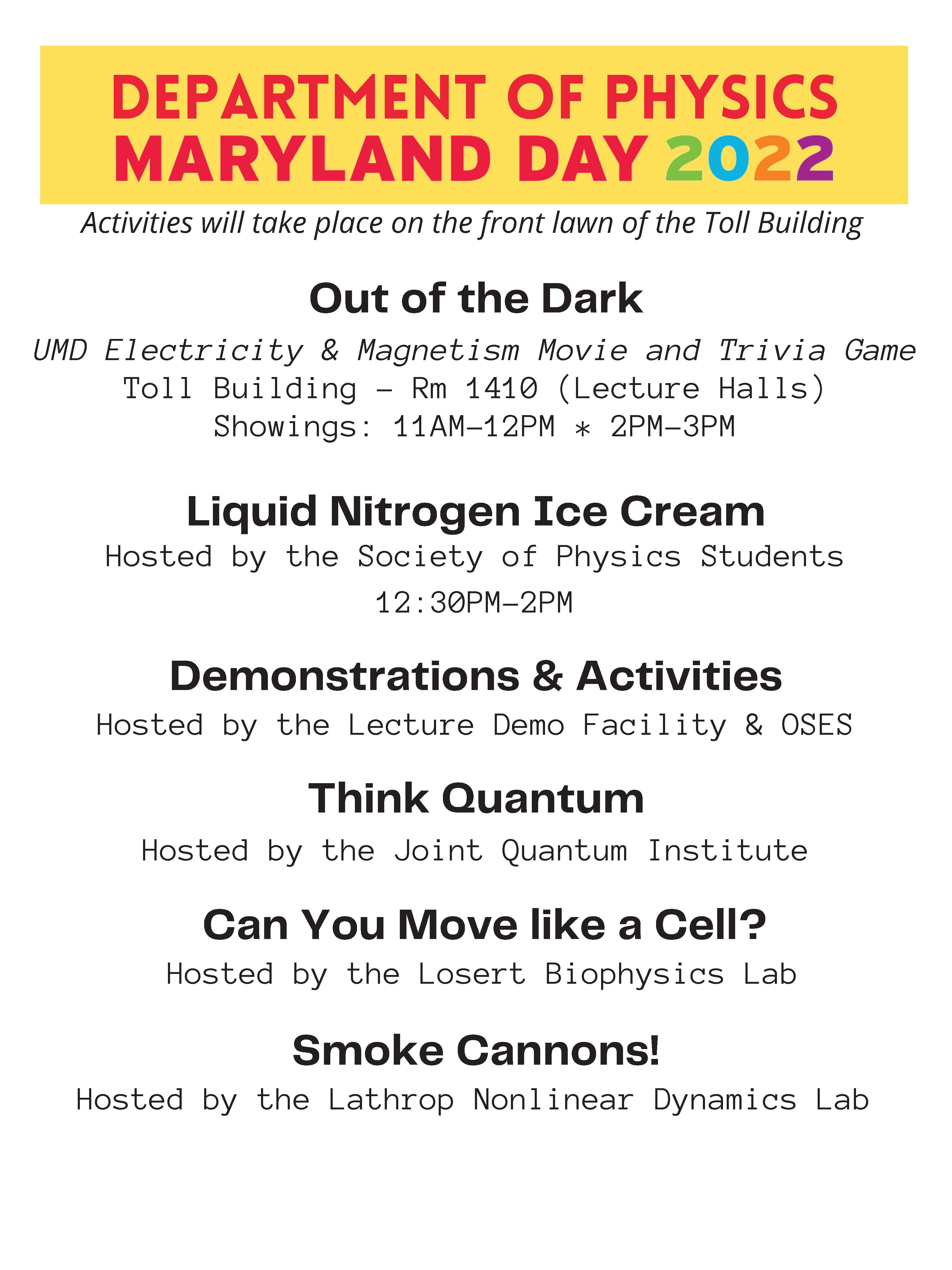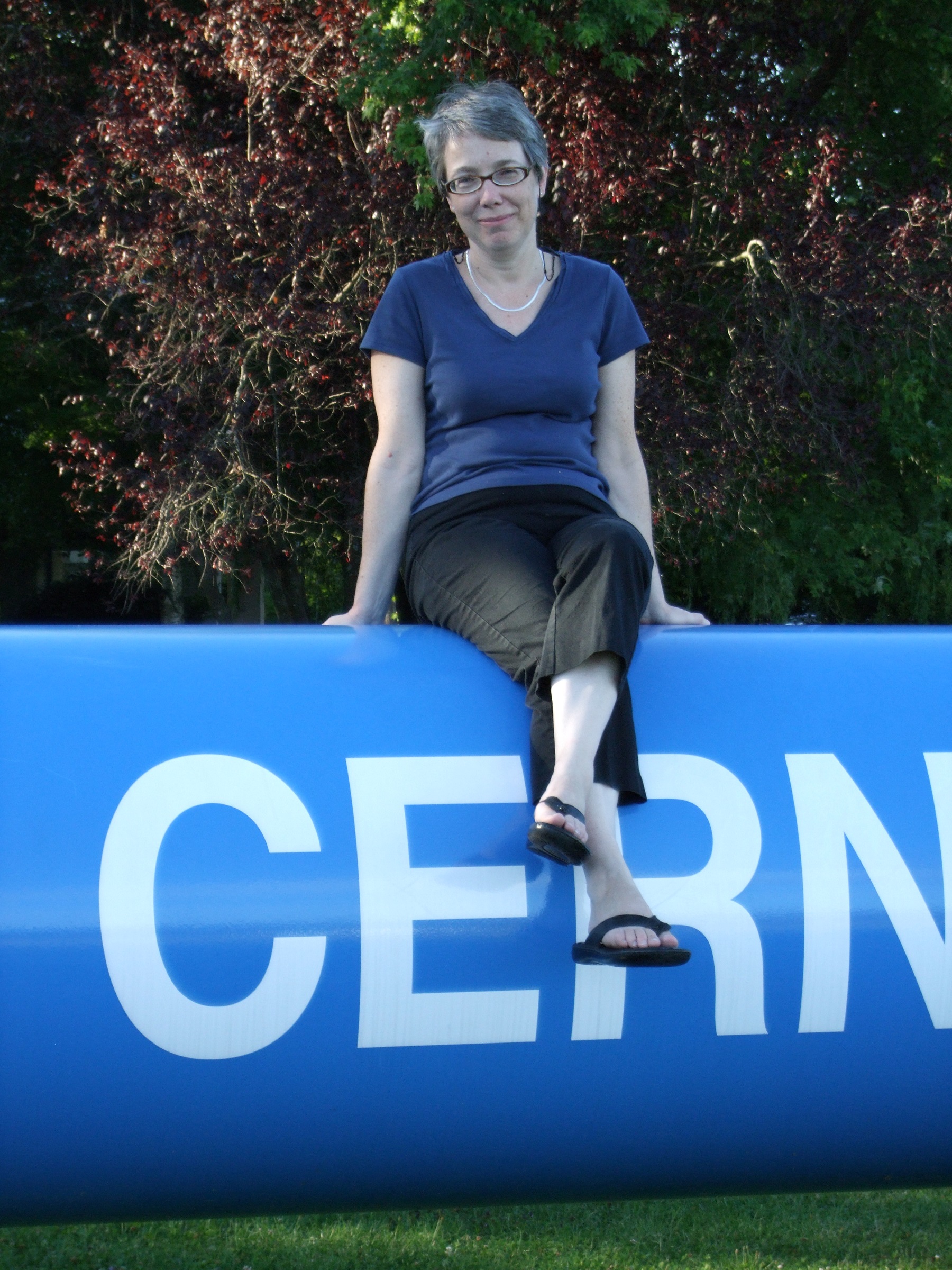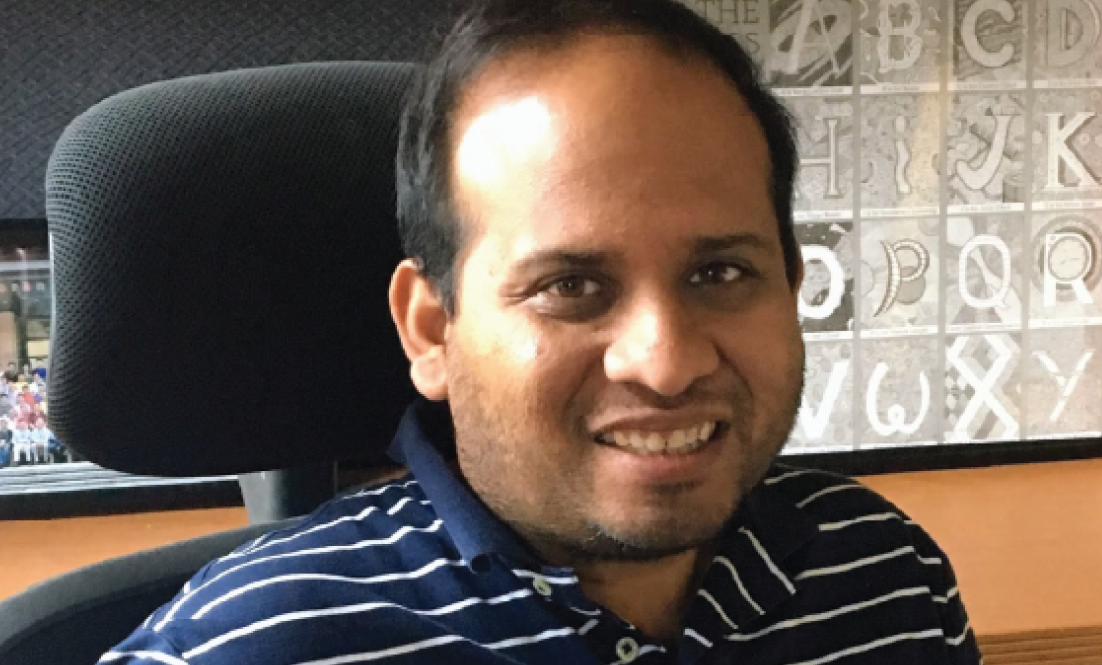- Details
-
Published: Tuesday, February 15 2022 10:01
Assistant Professor Alicia Kollár has been awarded a prestigious 2022 Sloan Research Fellowship. This award is given to early career researchers by the Alfred P. Sloan Foundation to recognize distinguished performance and the potential to make substantial contributions to their field. Each fellowship provides $75,000 to support the fellow’s research over two years.
Kollár will use the fellowship to support her research into creating new synthetic materials that are designed using quantum physics and applied mathematics. These synthetic materials can reveal physics that is difficult or impossible to observe in traditional materials.
“What really excites me about this award is to see support for the more interdisciplinary side of my research,” Kollár says. “My original background is in quantum physics and that's been where my grant support has come from so far, but this Sloan award is focused on looking at questions at the intersection of math and physics.”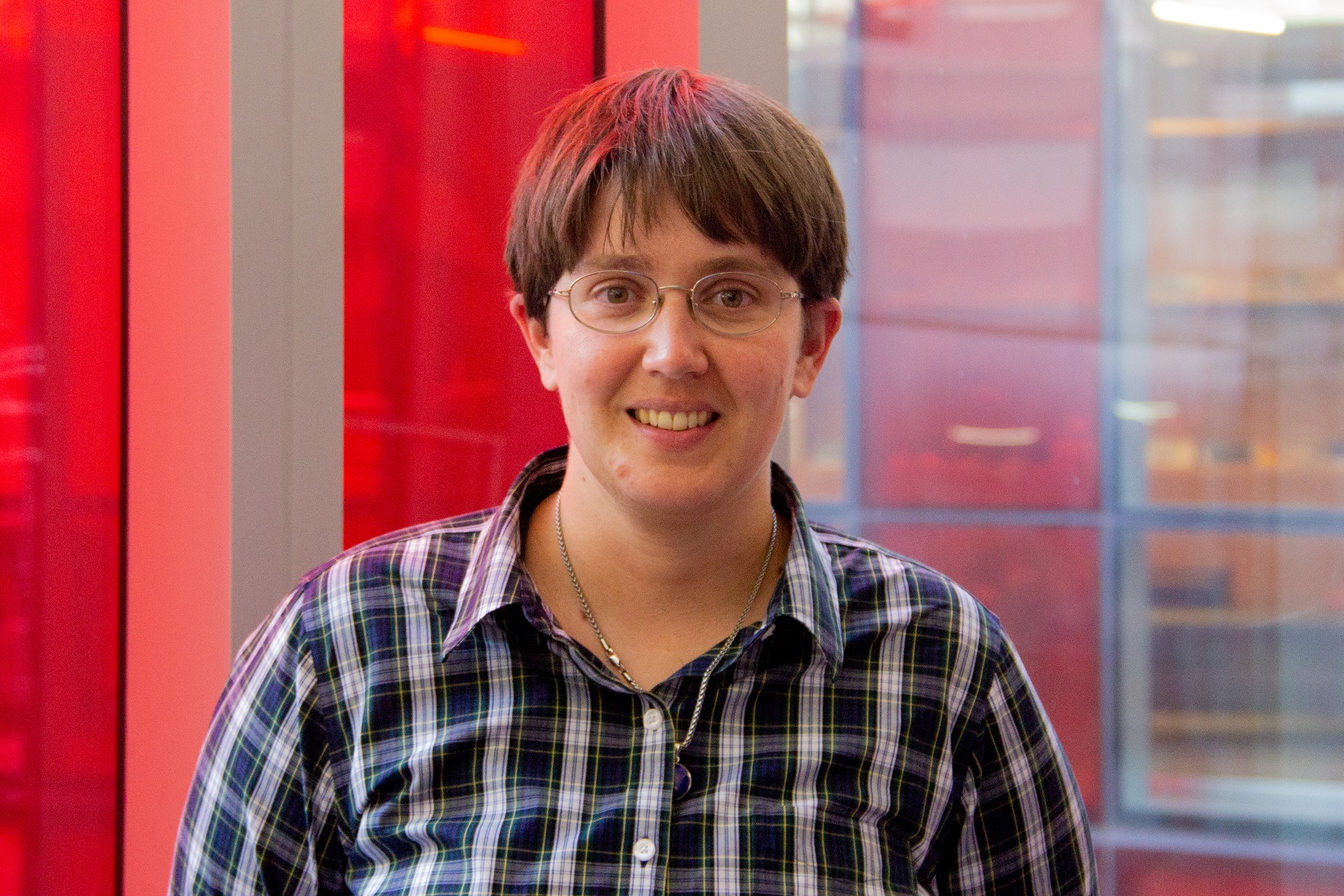 Alicia Kollár
Alicia Kollár
This line of Kollár’s research uses mathematical tools based on the field of graph theory—the study of relationships between objects (in terms of a “graph” made of “vertices” that are connected by “edges”). Researchers use the tools to produce stripped down descriptions of materials in terms of just nodes and their connections—like if there is a connection where electrons can hop between specific points in a material. These descriptions don’t care about the exact distance between atoms or molecules or their precise orientation relative to each other but only about what connections exist between points. This approach is useful for identifying overarching features of different types of materials and is especially helpful in sorting out which material properties are derived from the basic connections being investigated, as opposed to those related to the quirks of a material’s particular components.
This mathematical perspective allows researchers, like Kollár, to design abstract connections that should produce unique properties, but it isn’t easy to then translate the idea on a page into a material that has the exact desired connections. Going from pure math to a real material is much harder than the reverse process of stripping details away from a well-studied material; to do so requires the exhaustive work of recognizing and juggling all the idiosyncrasies of real chemistry. The details of all the possible choices of atoms and how they interact and arrange themselves makes matching the elegant mathematical design to a physical material prohibitively challenging.
So instead Kollár has focused on synthetic materials made of circuits of resonators and superconducting qubits that house traveling microwaves. These circuits easily recreate the flexible connections of graph-theoretic descriptions and can let the complex physics play out, revealing features that current simulations can’t calculate. Essentially, Kollár can custom design the desired connections in a synthetic material and see if the results are interesting instead of going through the hassle of searching for a chemical structure that naturally has the connections every time she wants to do a new experiment. She has even been able to create connections that simulate a negatively curved space—a space impossible to create in the lab because they have “more space” than our normal space.
The insights from these synthetic materials have the potential to reveal new material behaviors and to give researchers a better understanding of how to best use graph-theoretic techniques.
Besides making these synthetic materials she is also working to push the mathematical side of this approach, including identifying new mathematical rules that govern one dimensional graphs that might provide insights into codes used in quantum computing.
“This Sloan Fellowship will give my group the opportunity to really dig in to optimizing how synthetic materials are made in order to make them as versatile a tool as possible,” Kollár says.
The Sloan fellowships are awarded to untenured teaching faculty who work in the fields of chemistry, computer science, Earth system science, economics, mathematics, neuroscience, physics, or a related field. Candidates are nominated by their colleagues, and then fellows are selected by an independent committee of researchers in the relevant field based on the candidates’ “independent research accomplishments, creativity, and potential to become leaders in the scientific community through their contributions to their field,” according to the Sloan website. Other UMD winners this year are Lei Chen of mathematics and Pratyush Tiwary of chemistry/biochemisty and IPST.
“Today’s Sloan Research Fellows represent the scientific leaders of tomorrow,” says Adam F. Falk, president of the Alfred P. Sloan Foundation. “As formidable young scholars, they are already shaping the research agenda within their respective fields—and their trailblazing won’t end here.”
Original story by Bailey Bedford: https://jqi.umd.edu/news/jqi-fellow-kollar-awarded-sloan-research-fellowship
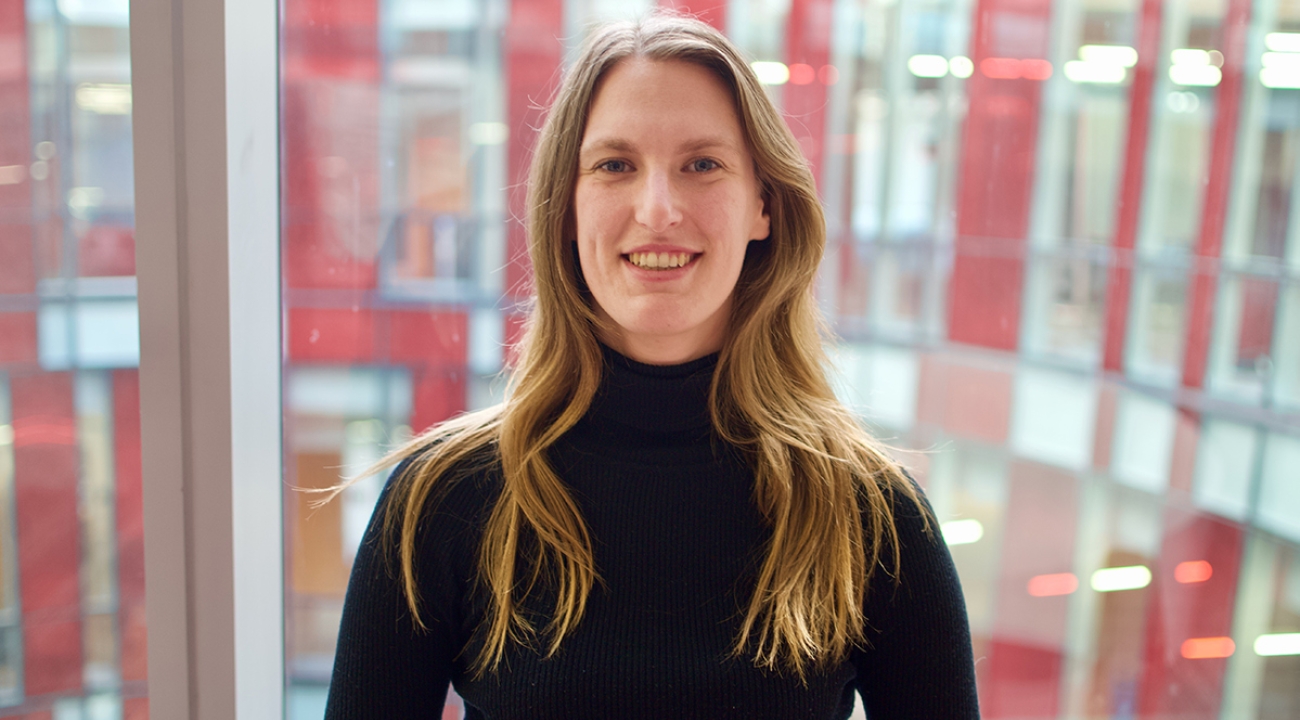 Elizabeth Bennewitz (credit: Dan Spencer)
Elizabeth Bennewitz (credit: Dan Spencer)
